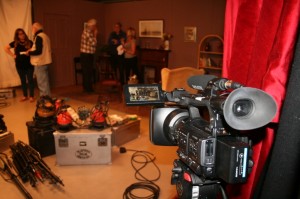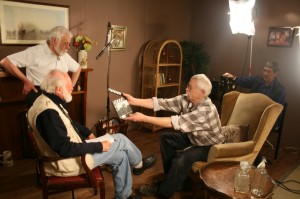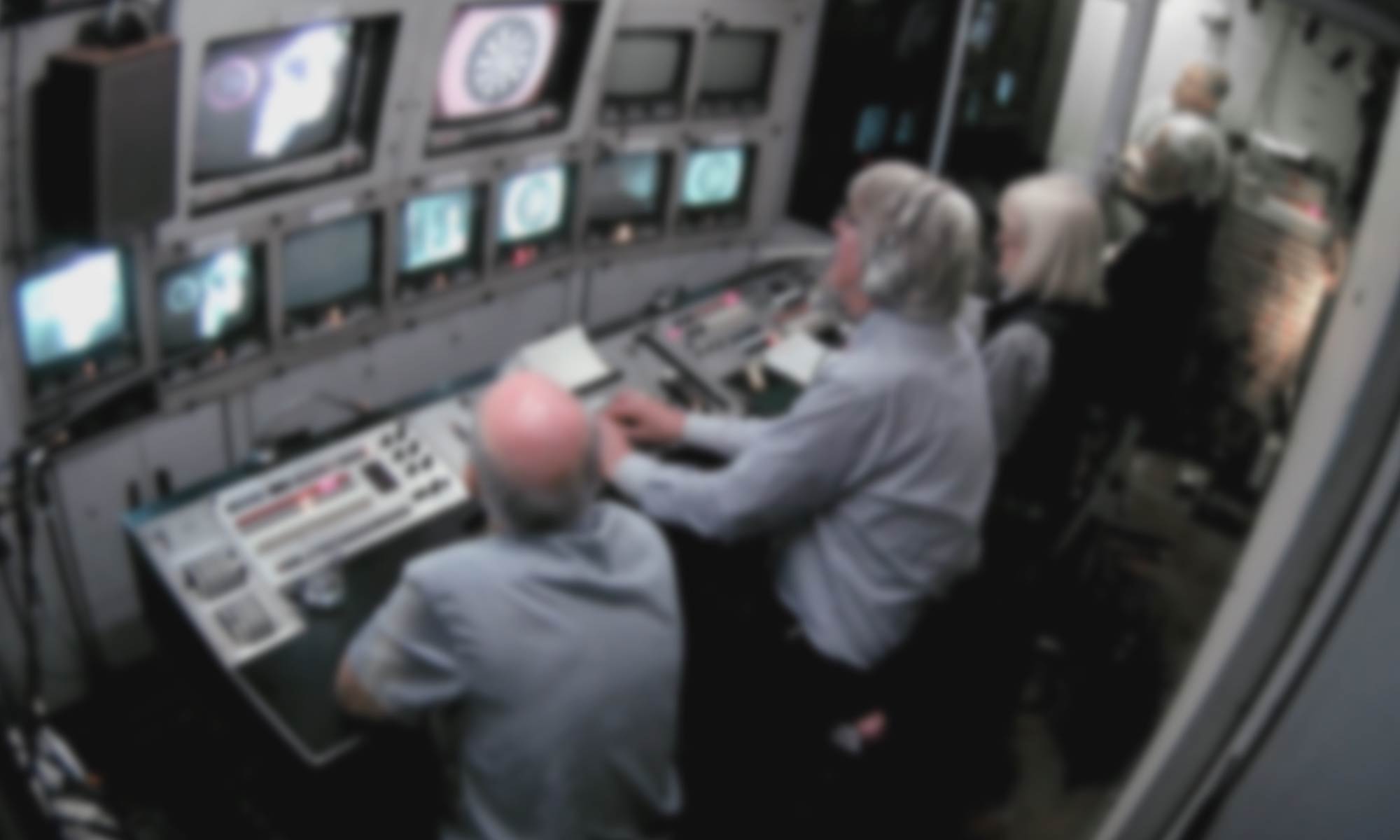ADAPT will:
1. Film a series of reconstructions of the process of working with particular technological arrays in shooting, post-production and broadcast presentation.
- Industry veterans will be reunited with the technologies they used at particular points in their careers and will be filmed whilst they work with them, discussing the strengths and weaknesses of the machines, the prevailing ways of working with them, and how material was passed on to subsequent stages of production.
- These reconstructions will be edited to provide convenient contextual material for the many websites and agencies that are now offering archival TV material to various categories of users.
- The reconstructions will be released under a Creative Commons licence.
 2. Research and write an account of the principal changes in the technologies in use in broadcast TV since 1960 to the near present, including:
2. Research and write an account of the principal changes in the technologies in use in broadcast TV since 1960 to the near present, including:
- the various factors involved in their adoption;
- the ways in which they were deployed by skilled technicians;
- the particular affordances that they brought;
- the limitations that various times in any array imposed on the use of other equipment;
- the characteristics of the material that they produced.
3. Dr James Bennett of Royal Holloway Media Arts will research the adoption of digital workflow management in production for broadcasting: the so-called ‘tapeless environment’.
- During the final phase of its adoption by broadcasters in Britain, Dr. Bennett will study the implications for their suppliers both large and small. This will be a primarily organisational study, looking at the factors involved in corporate decision making and the rethinking working practices that result from working in a file-based environment.
4. Research in detail the evolution of tape-based sound recording and the conflict between the demands of sound and camera, particularly on location. Sound is often neglected in the history of the audiovisual. This will be the subject of a PhD thesis which will include:
- the use of quarter inch tape and the problems of synchronisation in film;
- the transition from analogue to digital audio recording;
- the adoption of microphone technologies including the adoption of radio microphones
- the problems of sound on videotape.
 5. Research in detail the rapid change from 16mm film cutting to digital editing, a process that in many countries took less than five years and imposed heavy demands on post-production workers. This will be the subject of a PhD thesis.
5. Research in detail the rapid change from 16mm film cutting to digital editing, a process that in many countries took less than five years and imposed heavy demands on post-production workers. This will be the subject of a PhD thesis.
From the point of view of film editors, this took place suddenly and chaotically. Competing technologies with radically different approaches were adopted by different companies. Unforeseen problems emerged in productions that tried to shoot on film (for the “look” or for longevity) and then edit digitally. This will include:
- technological innovation,
- labour relations,
- lack of technical standards
- how individuals negotiated the adaptation of their craft skills to a radically new physical way of working.
6. Organise two conferences (2015 and 2018) and publish its findings.
